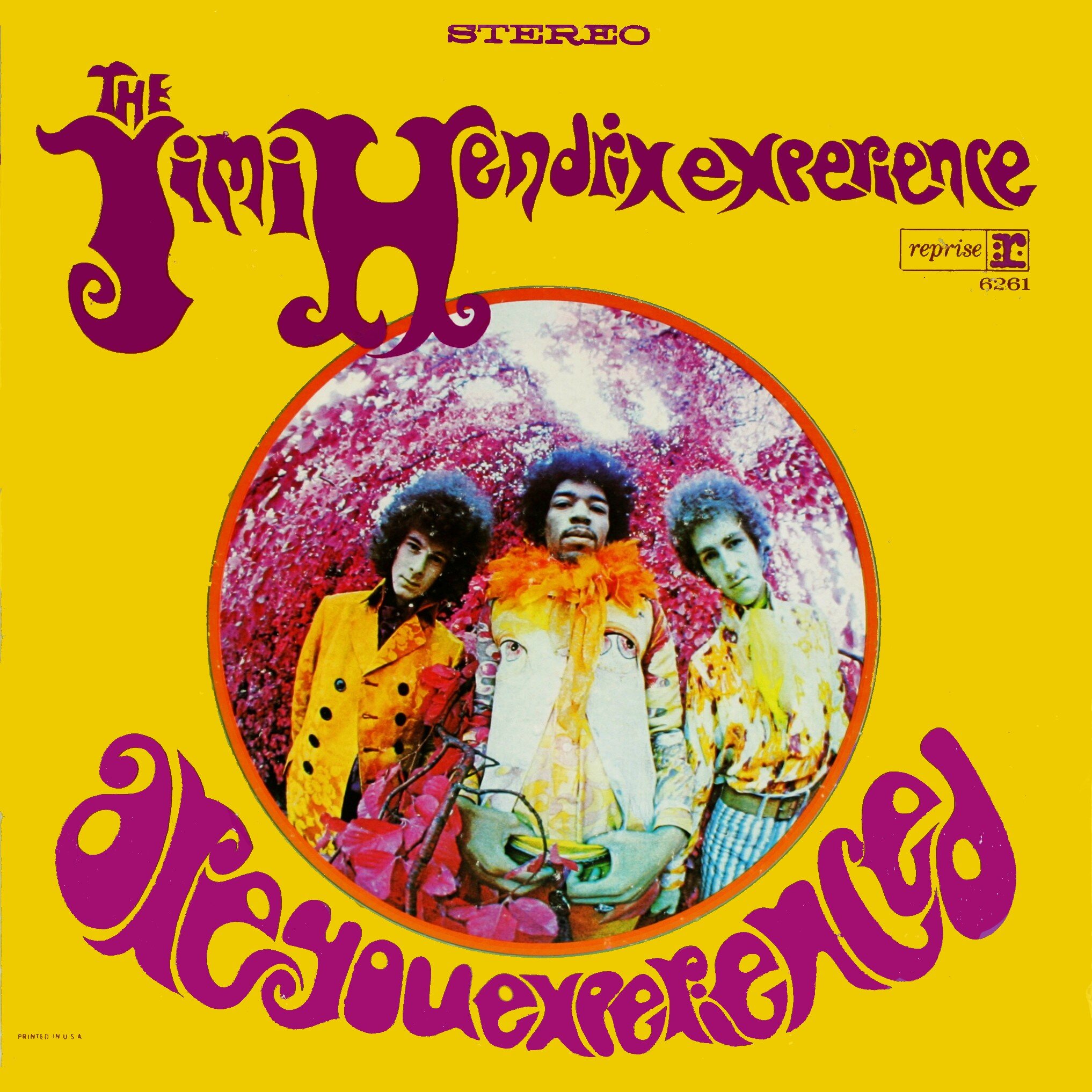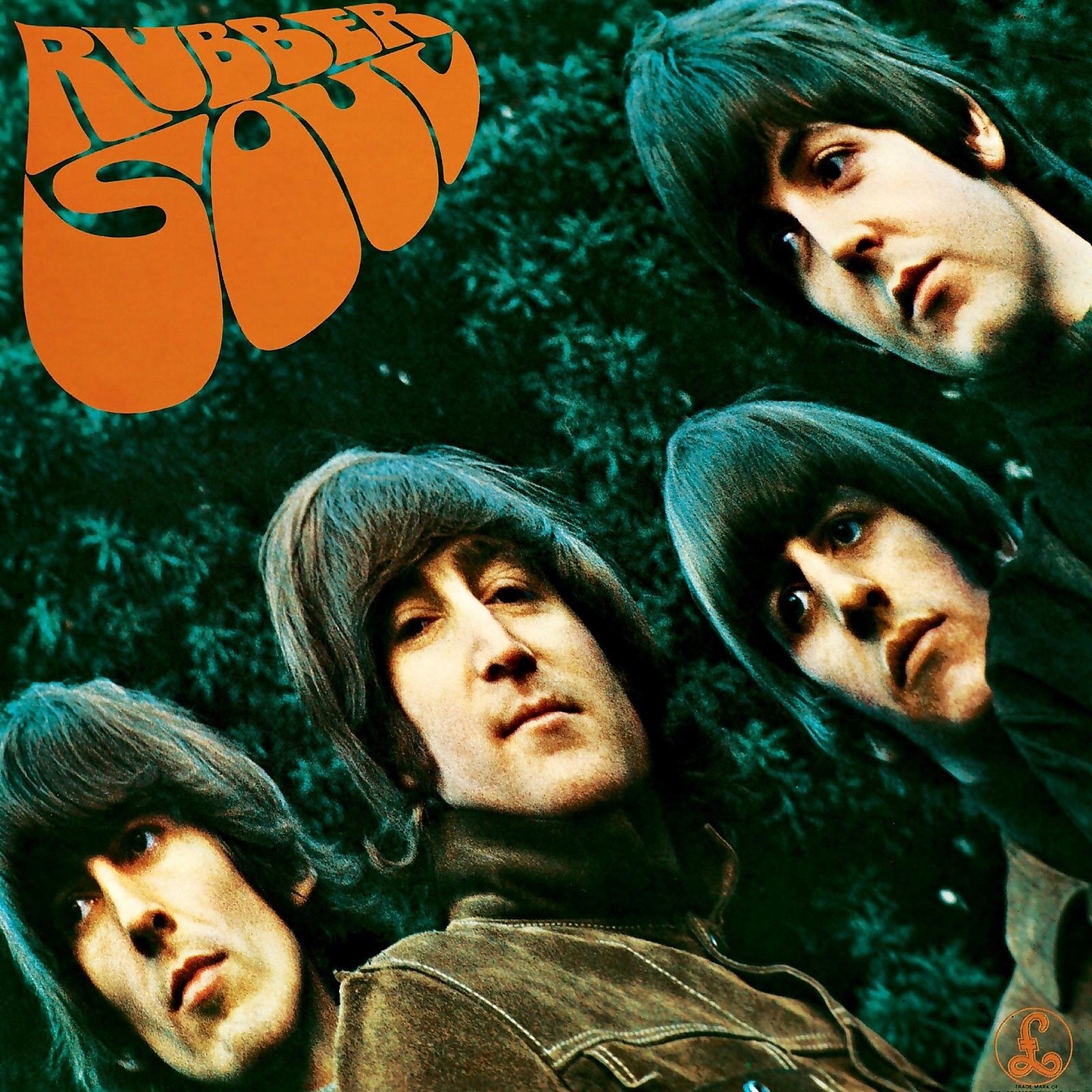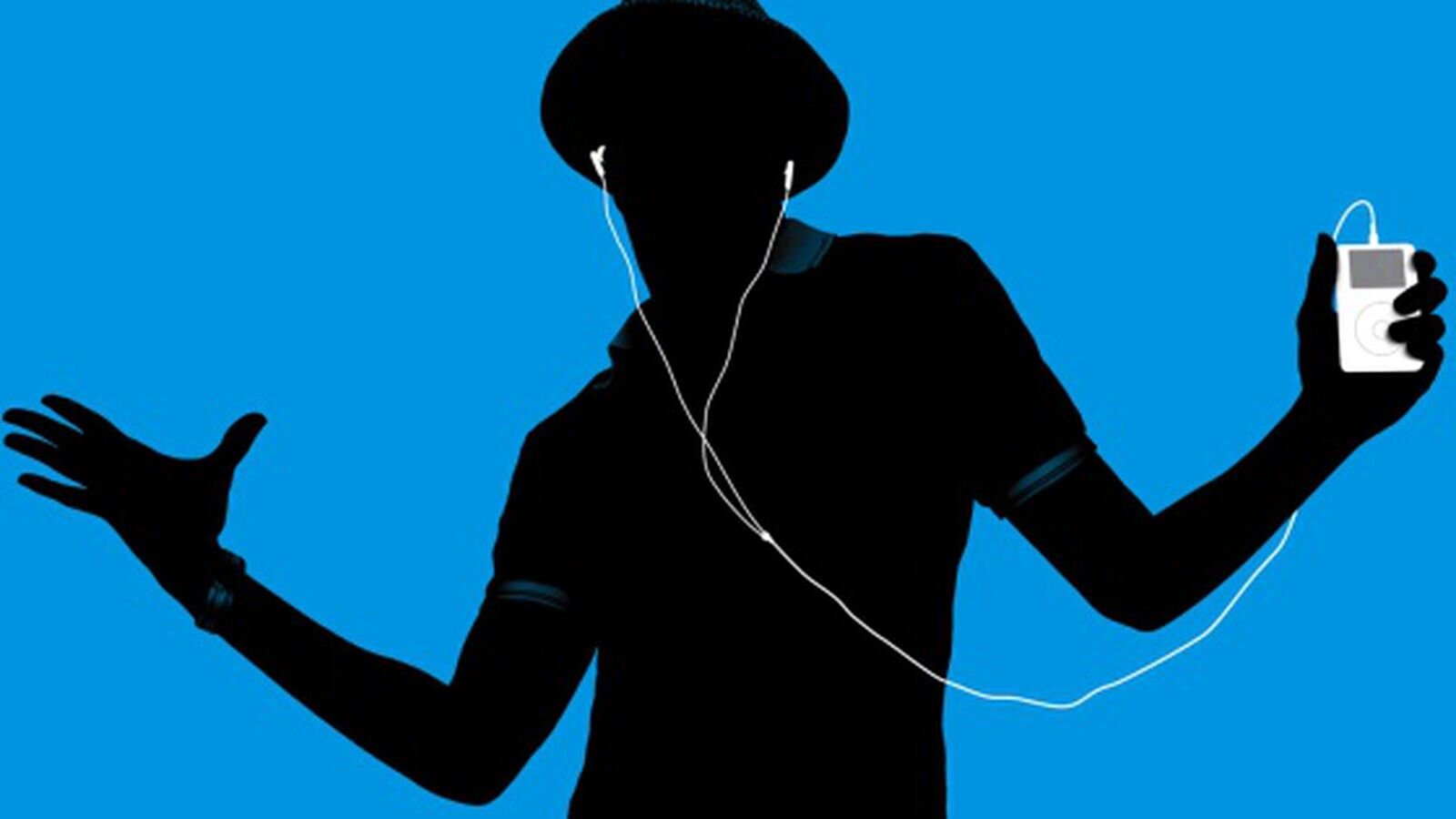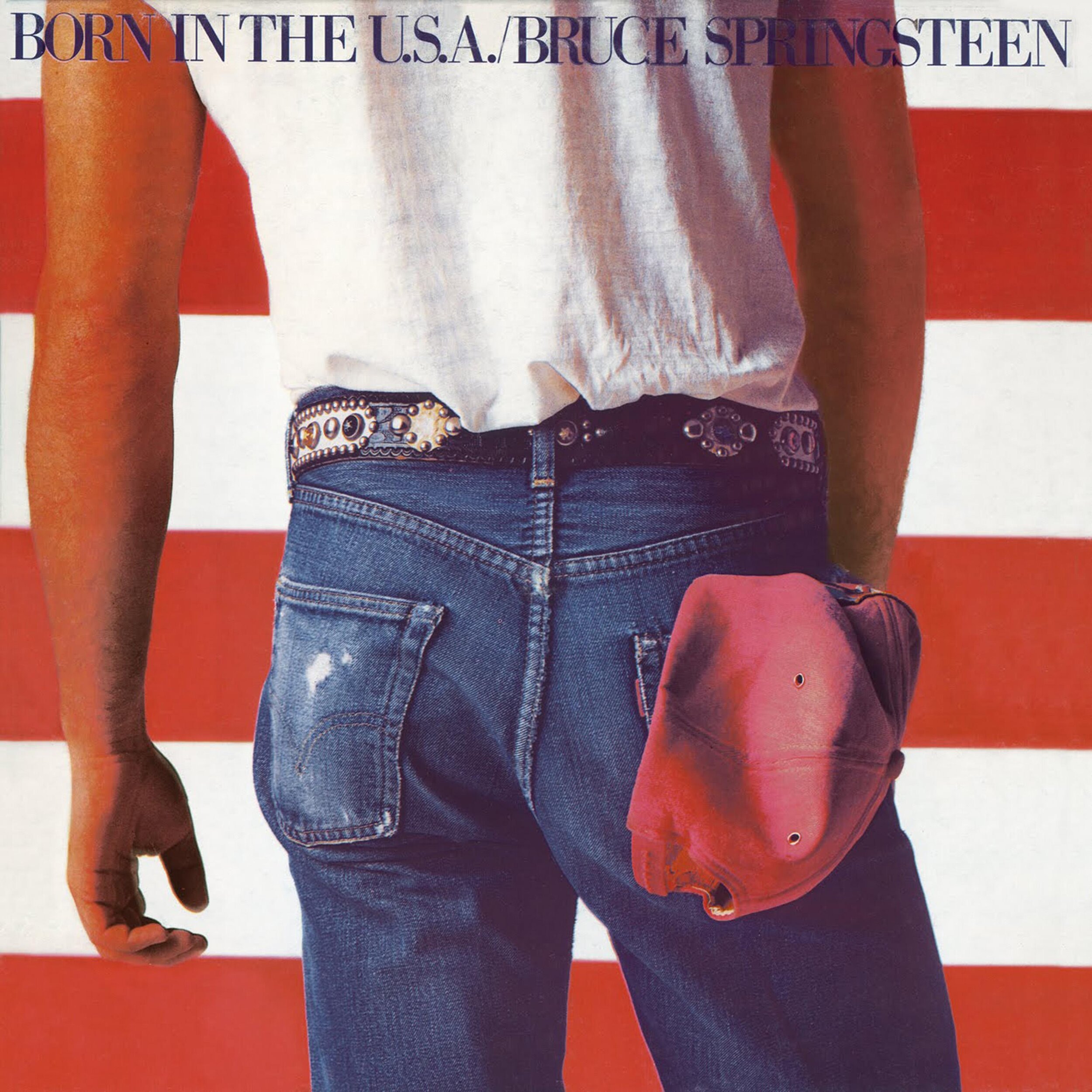Decoding Harry Styles’ Fine Line Fisheye
Album: Fine Line (2019)
Recording Artist: Harry Styles
Photography: Tim Walker
Design: Bradley Pinkerton
Label: Columbia
Harry Styles most recent album, Fine Line, released December 2019, features an image of the performer on the cover within a round circle. There are many interesting aspects of the image on the cover: the clothes Styles wears, the color scheme, the ominous black-gloved hand protruding into the otherwise bright image...
For this post, however, we are going to explore the potential meaning behind photographer Tim Walker’s choice to use a fisheye lens. This style of camera lens compresses a very wide angle—up to 180 degrees—into the flat, circular image we see on the cover.
The use of the fisheye lens is certainly not new. In the wake of Fine Line, Vox produced an interesting video that discusses a bit of the history behind this kind of photography, and its widespread use in album covers beginning in the 1960s. So what does the use of the fisheye effect, with its longstanding history, mean for Fine Line? What does the use of fisheye communicate about the album?
Swiss linguist Ferdinand de Saussure (1857–1913)
One influential method for investigating the meanings of the codes like this fisheye effect is to think of them as a language.
Attempting to understand how words convey meaning, the influential Swiss linguist Ferdinand Saussure (1857-1913) thought of words as “signs”. Take the word “tree,” for instance. For Saussure any sign (word) has two elements: One part is the signifier--in this case, T-R-E-E, the bare collection of letters in a particular order. In itself, the signifier has no meaning. The other part is the signified, which is the idea that the word refers to. When I write tree, you probably imagine a tall plant with green leaves. The idea of this plant is the signified.
Saussure’s semiotic schema
How does a signifier get its meaning? The signifier T-R-E-E has only come to bring up the idea of that tall leafy plant through association. You have probably never looked up the definition of “tree,” but through context you learned what it meant. We could as well call it a grozzle—a word I just made up—except that only you and I would know what we were talking about. Others do not share that association. We have to share the cultural codes to understand one another.
What does the cover of Fine Line signify? How is the fisheye effect culturally coded? Let’s think through some of the associations we might have with the fisheye effect.
Crystal ball/planetary orb effect
The effect of the fisheye lens is to compress everything into a circle, but it also gives it a sense of spherical dimensionality, almost like you are perceiving an image that is in a crystal ball. The widest angle produces this effect most starkly; the way the edges of the shot seem to curve away into infinity gives us the sense that the image contains an entire world.
This is part of what makes the fisheye photograph so appropriate for an LP disc cover. The circular fisheye photograph is parallel to the circular shape of the disc, but it also brings to mind the world of the album that we are entering into, a world that is at once neatly self-contained on the disc and infinitely vast in its potential meaning.
Psychedelic reality warp
Perhaps the most typical association with the fisheye photograph its use for psychedelic effect. During the 1960s, rockers explored new modes of perception through LSD, deeply impacting their musical and visual aesthetics. The fisheye effect captured the feeling of reality dissolving and opening up to new ways of seeing the world. The iconic (foundational?) example of fisheye for psychedelic effect is on Jimi Hendrix’s album Are You Experienced (Track/Reprise, 1967). (The Beatle’s Rubber Soul (Parlophone/Capitol, 1965) might be another candidate, though it just predates the LSD/hippie revolution.)
Hidden/security camera effect
One later association that comes to mind for these fisheye shots is the voyeuristic effect of the hidden camera, GoPro, or security camera. These small lenses typically use a very wide angle in order to capture as much of the surrounding area as possible. The jail cell shots in Busta Rhyme’s music video “Dangerous” (directed by hip hop fisheye popularizer Hype Williams), seem to play on this association, almost as though we are viewing Busta through a security camera.
Does the use of fisheye on Fine Line signify a connection to any of these associations?
It is difficult for me to see the circular fisheye shot and not think of the psychedelic Are You Experienced cover. At the same time the actual content of the photograph seems closer to a retro 1950s Technicolor aesthetic. (Something more like the bubbles at the opening of the Lawrence Welk Show?) This peculiar mix of signifiers highlights the album’s own wide stylistic range, from the relatively straightforward rock ‘n’ roll of “Watermelon Sugar,” to the psychedelic indie-folk of “Cherry,” to the monumental studio production of the album-closing title track.
What do you think? Does Harry Styles’ fisheye cover signify a visual or musical connection to rock psychedelia? Or to something else?
What other associations do you have with fisheye photography?
What are the best fisheye album covers?

















Better interiors.